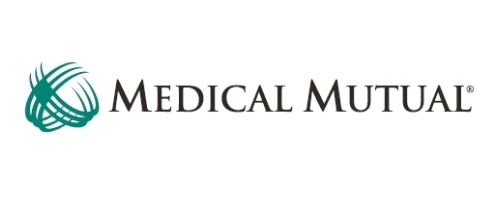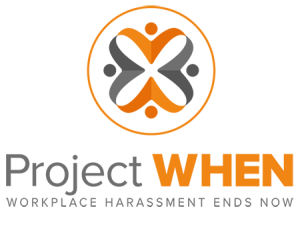Workplace Change Management for Office Consolidation and Relocation – Case Study – Medical Mutual of Ohio
A case study on office consolidation and relocation in health insurance companies
Consolidating employees into new workplace environments
Medical Mutual of Ohio (MMO) sought to consolidate employees from five Cleveland-area satellite offices into both their downtown Cleveland headquarters, and a modern new campus in Brooklyn, Ohio. The project also involved a consolidation of two Northwest Ohio locations into a new Toledo office.
Due to the number of locations and employees impacted by these initiatives, MMO required help from an experienced change management consultancy that could successfully introduce, explain, and build excitement for the coming changes to the workplace. Because of our expertise in change management, MMO partnered with Stegmeier Consulting Group (SCG) as the Cleveland-based insurance company re-envisioned the workplace experience.
SCG’s role in the project was centered on the development and implementation of a change management strategy for the client. Applying our research on the best practices for leading workplace change, our team engaged all affected stakeholders to prepare them for the momentous workplace transition.
Developing a change management strategy to prepare employees for office relocation
After interviewing MMO leadership on their goals and concerns, SCG developed a robust change management roadmap, detailing when various activities would be conducted to educate the workforce. This document helped guide the entire change initiative, documenting what was needed to execute each step, and who owned the various parts.
Since getting employees prepared and excited for change was one of the main goals of this project, communications became a key driver in managing the change initiative. Without timely and properly reinforced communication, employees typically find it difficult to understand why change is happening and tend to form preconceived notions about an initiative. This is the last thing any company would want while undergoing a major workplace change.
To ensure timely messaging, a key component of this project was a focus on communicating to the various layers of the organization. SCG developed and maintained a change communication plan that included bullet points for every piece of information shared outward. MMO’s corporate communication team then refined and distributed this content.
SCG also led a series of workforce engagement initiatives that opened channels of communication between leadership and employees. For workplace changes involving multiple locations and a large workforce, touching base with stakeholders to know their thoughts and feelings about the change can seem like a daunting task. Selecting representatives from each business group can help the company simplify the prospect of forging a strong connection with those impacted by change. Doing this can also make employees feel that their involvement matters.
Taking this into consideration, our team developed the criteria for workforce engagement and helped launch seven separate change advocacy groups with participants from various disciplines representing the affected geographic populations. These advocates attended regularly scheduled meetings facilitated by SCG to share questions or concerns from the broader employee base and learn the latest updates from the project team.
Building excitement for the future workplace
One of the major phases of SCG’s engagement with MMO was the planning and facilitation of a series of Discovery Fair events. This type of event is something that we prepare for clients to generate enthusiasm for the project at hand. Much like a high school science fair, this event features stations that are designed to educate the workforce about the new workplace in a fun and engaging way. It also presents itself as an opportunity for our team to conduct data gathering procedures to learn what aspect of the change excites employees, what they are most concerned about, and what they want to hear more about.
And so for MMO, these events served two main purposes. First, it provided employees the opportunity to get a first-hand look at several aspects of their future working environment. Second, it allowed our project team to discover new concerns and areas of resistance.
MMO employees were able to look at floor plans, take a virtual reality walkthrough, learn how work would evolve in the new space, and see the new sit-stand desks and chairs. As they toured each station featured in the Discovery Fairs, they were also given the opportunity to share their questions and insights in various activities.
Attendees were also asked to share anonymous feedback through index cards which they placed in ballot boxes as they exited the venue. This element of anonymity was added to encourage employees to write about questions or concerns they were not comfortable to verbally express with their colleagues or leaders.
Through the implementation of the change advocates and Discovery Fairs, we were able to track employee sentiment as Medical Mutual’s project moved closer to their first move phases. Data gathered at touchpoints and submitted through an electronic FAQ inbox allowed our team to tailor communication and educational events to ensure employee concerns were addressed.
Workplace change management for your office consolidation and relocation
Managing office consolidation and relocation goes beyond real estate preparations. It is important for employees to feel that their voices are being heard to build excitement for the future of work. Does this sound like something that could help your company navigate the waters of a workplace change? SCG can guide you through your workplace transition. Take the first step by filling out the form below.




